Bali – The Wonderland of Hinduism, Part 3
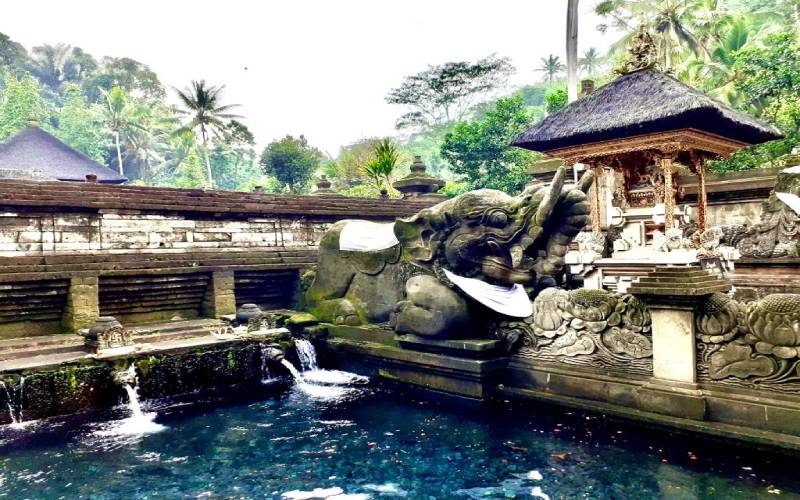
Not far from the scenic and serene town of Ubud is located the famous and historic temple site, Tirta Empul. Tirta in Sanskrit means ‘Holy’ and in most Indic languages. Tirta also means 'Holy water' which is not very different in Balinese too. Tirta Empul in Balinese means holy spring.
Tirta Empul Temple happens to be one of the largest water temples in Indonesia. The temple was founded in 926 A.D.
We caught up with some local Balinese history through our Guide Mr Bagus who was very knowledgeable about the legend behind Tirta Empul Temple. Legend has it that an epic battle between a powerful and magical king named Mayadenawa and the God Indra ensued, Mayadenawa possessed the special power to transform himself into any form which he desired. With great power comes greater responsibility, but Mayadenawa put his power to wrong use, this angered Lord Indira.
In the battle it is believed that one of Lord Indira’s arrows struck the ground and created a natural holy spring to ooze and cleanse the poison which the bad King Mayadenawa had created – this is that site. Even now one can see as seen in the video - spring water oozing from underneath the small pond. A dip in the fresh water spring in the temple is believed to ward off all evil and cleanse the soul and purify mind and body. In general, this is the concept behind all Hindu temples having a water body attached to the temple complex – one with nature and way of acknowledging that mother nature is supreme.
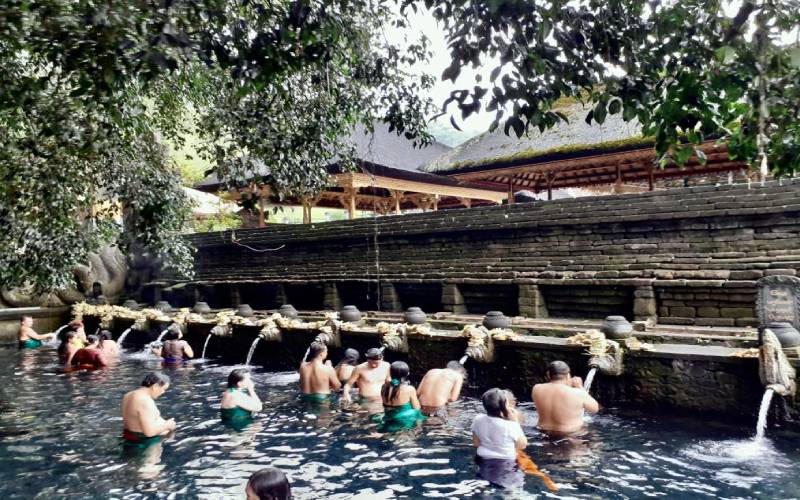
Locals as well as foreign tourists’ throng in huge numbers to take a dip in the holy waters of Tirta Empul and cleanse themselves. The scenic beauty, the marvellous architecture of the temple leaves one spellbound right from the entrance where one is given a sarong and a waist band to wear over our clothing. The whole landscape and the layout of the Temple makes one think that the complex was built by Lord Indira himself. The next-door top of a hill is the presidential palace, Istana Tampaksiring, built during the years of the nation’s first president, Soekarno is also seen from the magnificent temple complex.

The holy waters bubble up into a pristine pool within the temple and gush out through 30 waterspouts in which tourists and locals take a dip and the purification ritual is known as ‘Melukat’. The inner complex has deities which can be worshipped through local Hindu etiquettes by offering flower, incense placed on a palm leaf. We had taken Angavastra from Coimbatore which we tied around the deities there and offered worship. One thing notable is the temples don’t seem to be under complete state control, as a result there is no greed for the Purohit to collect money. The ideal temple economy eventually strengthens faith since the transient money or materialism doesn’t come in between the worship. The surroundings are kept clean; thus, tourism improves. The lineage of purohit’s or priests also is satisfied as their renumeration commensurate with the rest of the world.
Bali is a beautiful example of how culture and modernization can go hand in hand without conflict and giving way to alternative thinking and eventually collapsing. In every sense Bali is a revelation and wonderland of Hinduism and we can learn a lot.
Picture Gallery:
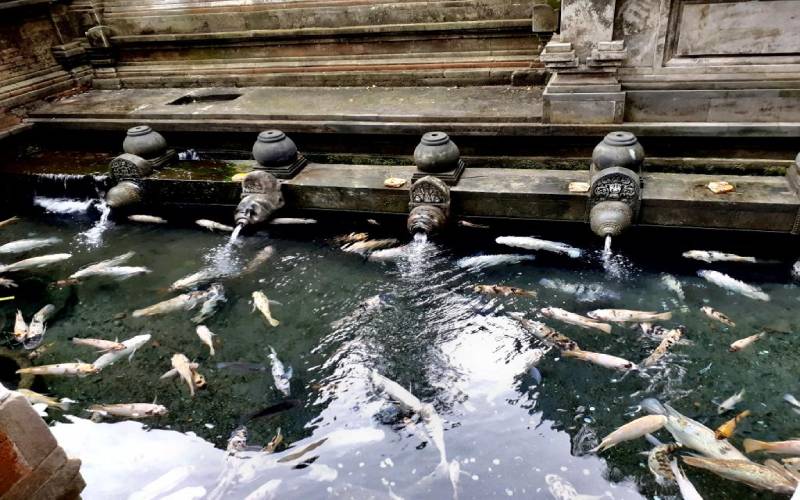
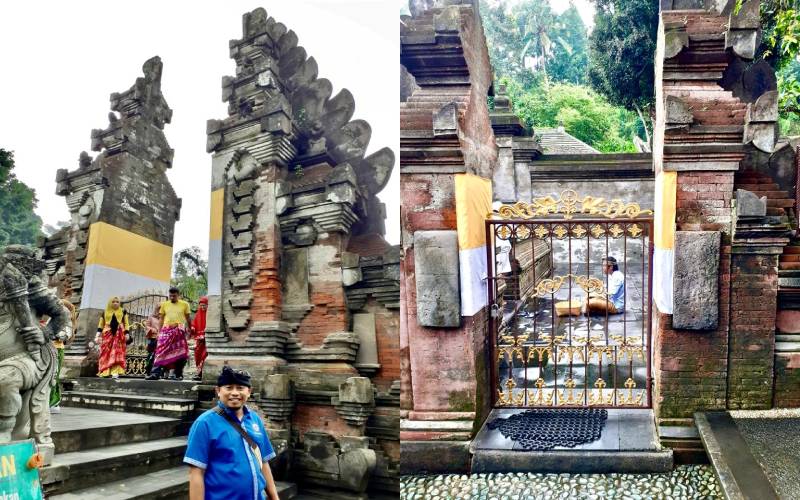
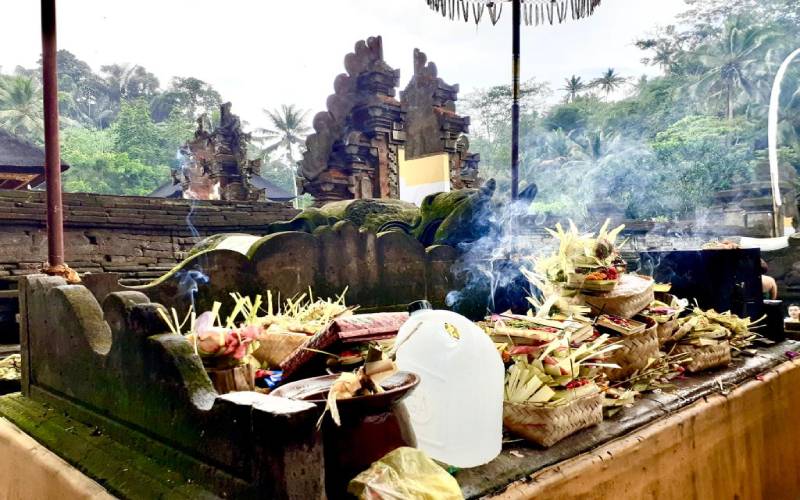
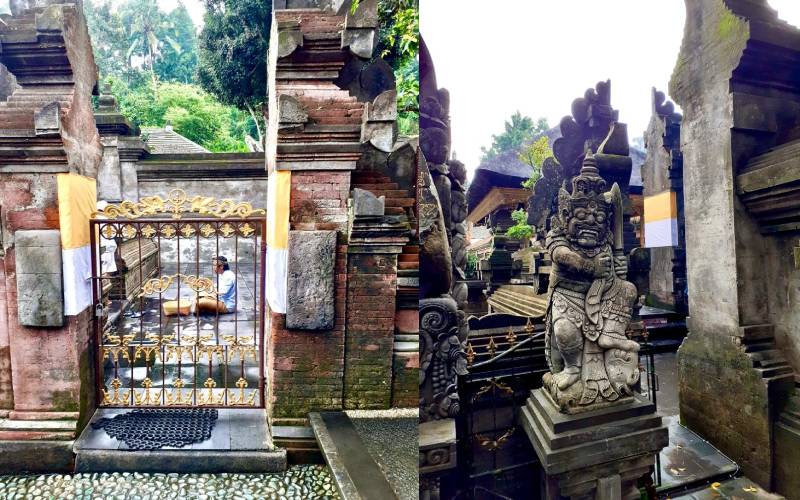
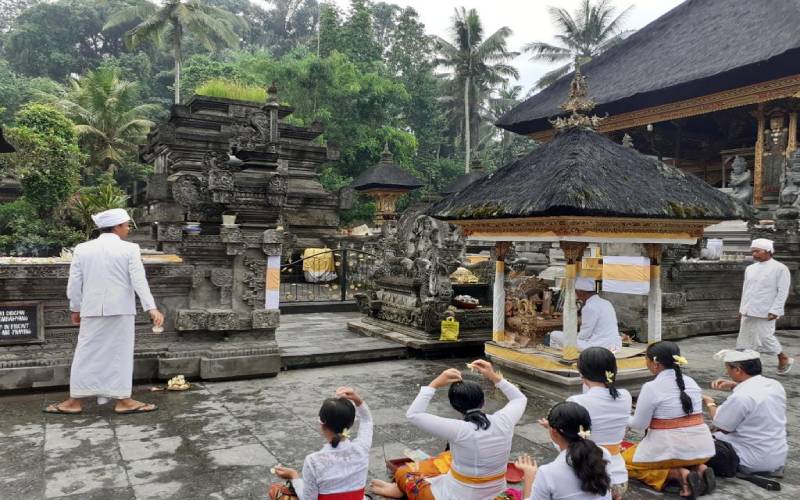
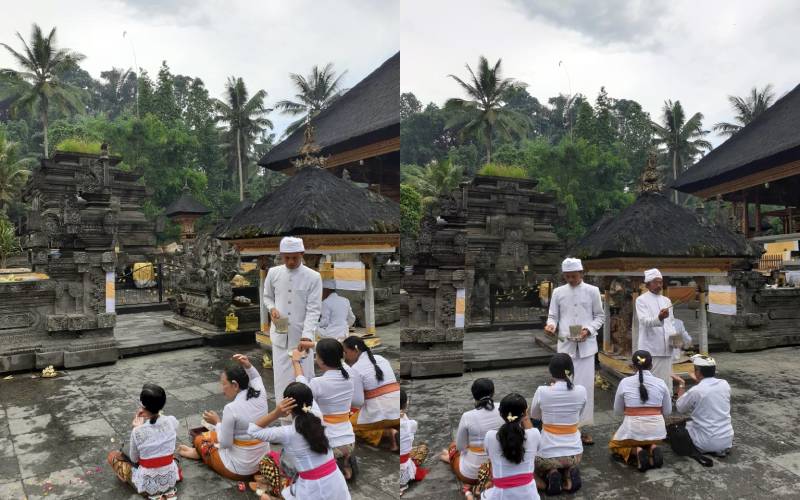
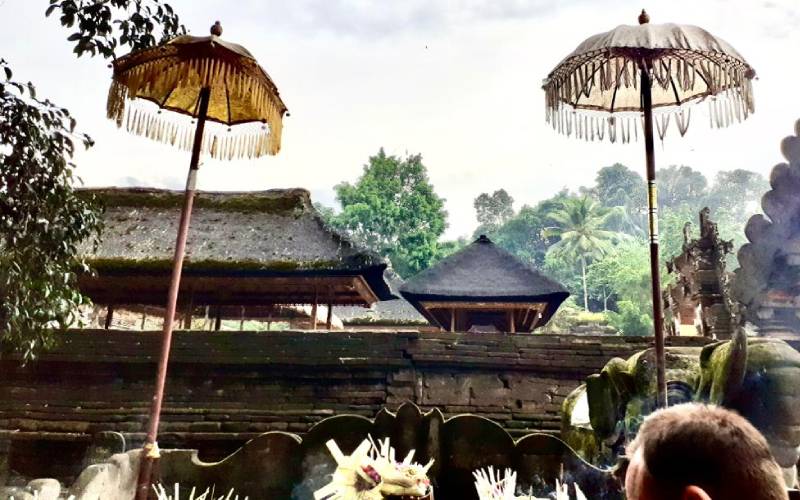
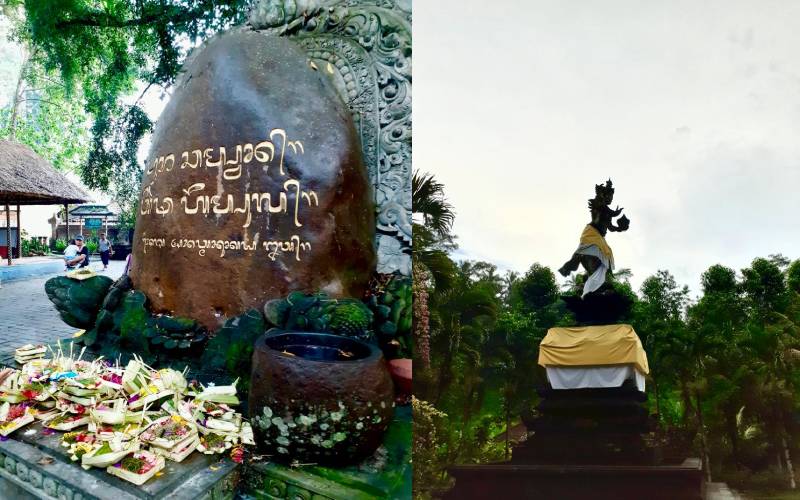
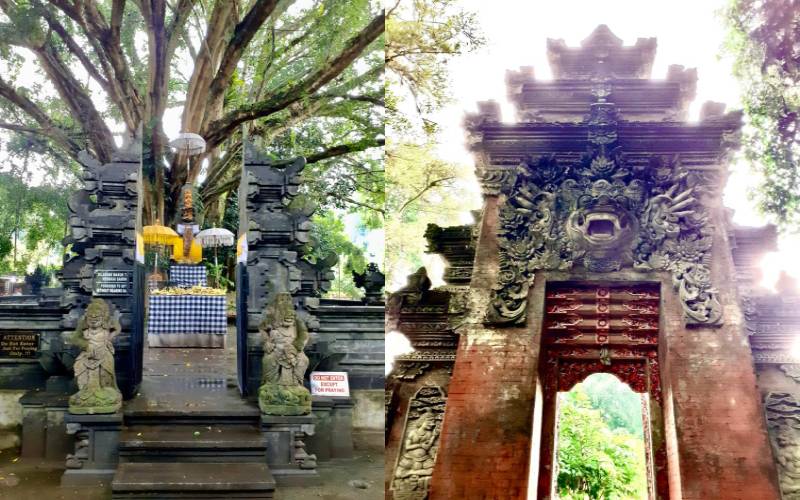
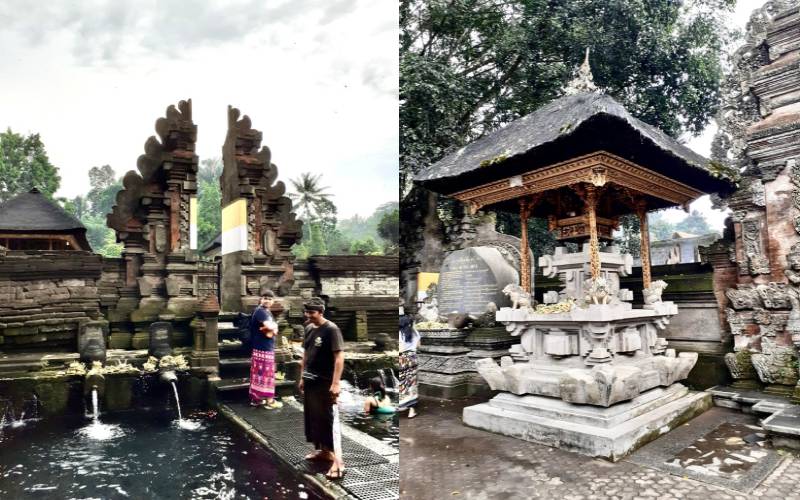
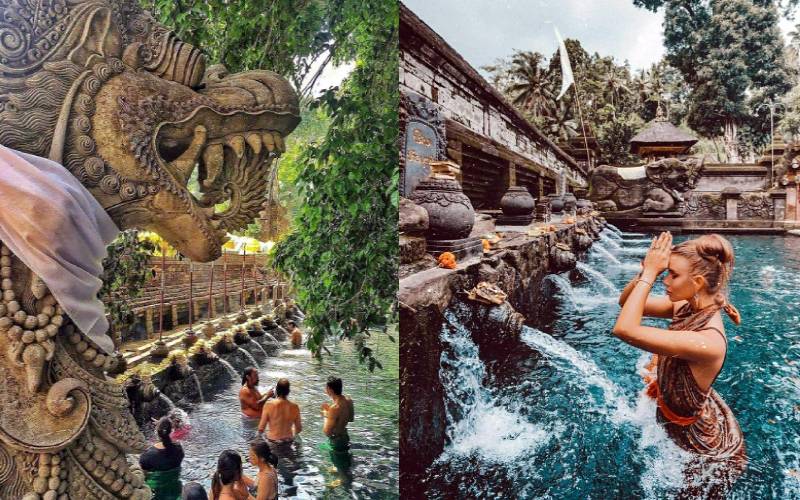

A Grandson, Husband and Father of Two, S Jaganathan - is one of the Director's of The Verandah Club. He is an avid traveller, interested in trendspotting and a firm believer in the philosophy - Dharmo Rakshati Rakshitah.
NEXT ARTICLE

At the southernmost tip of this mesmerising ensemble lies the majestic Great Nicobar Island, boasting an impressive landmass of about 910 square kilom...

Bharath has always been a land traversed by spiritual masters/ Guru since time immemorial. These spiritual masters have always upheld the core princip...

South India contains its fair share of unique pilgrimage centres. These divine places of worship have a prominent Sthala Purana, devoted followers, di...